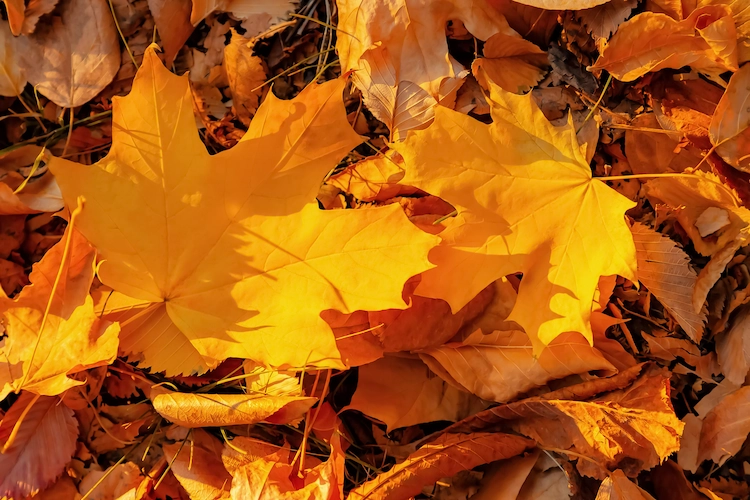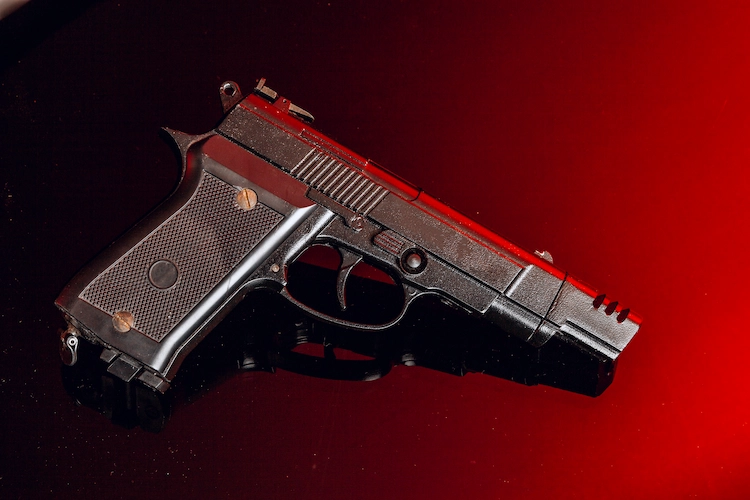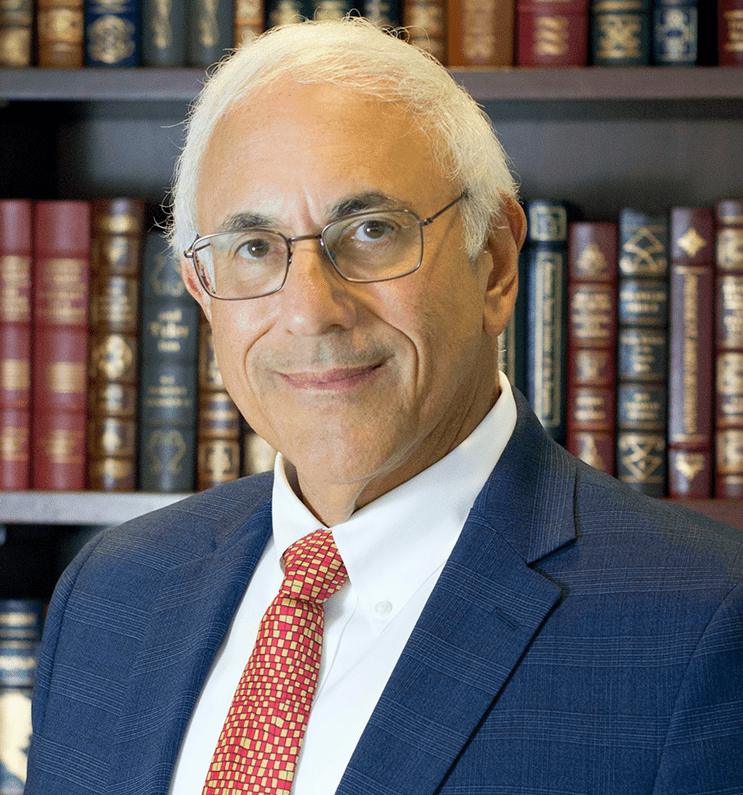Supreme Court Cases to Watch in the October Sitting

The U.S. Supreme Court’s new term, which began on October 6, has the potential to be historic. In addition to challenges to President Donald Trump’s presidential power, the justices will take up a range of hot-button issues, such as LGBTQ+ rights, the Second Amendment, and environmental protection.
The Court’s first sitting features several important criminal and voting rights cases. Below are some of the key cases to watch:
Louisiana v. Callais
The redistricting case, which is back before the Court for a second time, could upend the Voting Rights Act (VRA). The dispute centers on whether Louisiana’s creation of a majority-Black district under the VRA violates the U.S. Constitution.
The case is the result of more than two years of litigation, in which two separate groups of voters have challenged Louisiana’s congressional maps. The first challenge alleged that the state’s map violated §2 of the Voting Rights Act, which prohibits election practices that result in a denial or abridgement of the right to vote based on race, by diluting the votes of the state’s Black residents, which make up a third of the state’s population.
To resolve the litigation, the Louisiana Legislature adopted a new redistricting map via Senate Bill 8 (SB8), which established a second majority-Black congressional district. The current challenge contend that the new map runs afoul of the Fourteenth Amendment’s Equal Protection Clause because it sorted voters predominantly by race.
Amajority of a three-judge court sitting in the Western District of Louisiana enjoined SB8as an unconstitutional racial gerrymander.In granting certiorari, the Supreme Court has agreed to address tension between the VRA and the Equal Protection Clause. The specific question before the justices is “[w]hether Louisiana’s intentional creation of a second majority-minority congressional district violates the 14th or 15th Amendments to the U.S. Constitution.”
Case v. Montana
The case seeks to clarify the standard for conducting a warrantless, emergency-based search of a home. Officers entered William Trevor Case’s home after his ex-girlfriend reported that he had threatened suicide. Because the officers all knew Case had previously “attempt[ed] to elicit a defensive response, i.e., a ‘suicide-by-cop’” in dealings with police, they waited 40 minutes before entering the home.
The Montana Supreme Court found that these facts and circumstances sufficed to reasonably suspect there was “a citizen is in need of help,” while the dissent concluded that under a probable cause standard, “the State has not met its burden of demonstrating the presence of exigent circumstances.”
In Brigham City v. Stuart, 547 U.S. 398 (2006), the Supreme Court held that before police officers enter a home without a warrant, they must have “an objectively reasonable basis for believing that an occupant is seriously injured or imminently threatened with such injury.” However, the state courts and federal courts of appeals are divided over whether this “objectively reasonable basis” standard requires police making a warrantless entry to have probable cause to believe an emergency exists or some lower level of suspicion.
The specific issue before the Court is “[w]hether law enforcement may enter a home without a search warrant based on less than probable cause that an emergency is occurring, or whether the emergency-aid exception requires probable cause.”
Bost v. Illinois State Board of Elections
The Elections Clause of the Constitution provides that “[t]he Times, Places and Manner of holding Elections for Senators and Representatives, shall be prescribed in each State by the Legislature thereof; but the Congress may at any time by Law make or alter such Regulations.” Federal law sets the first Tuesday after the first Monday in November as the federal Election Day.
In Illinois, voters can cast their ballots by mail in any election. Election officials can receive and count these ballots for up to two weeks after the date of the election so long as the ballots are postmarked or certified by that date. Petitioners, United States Congressman Michael J. Bost and Republican Presidential Elector Nominees Laura Pollastrini and Susan Sweeney, sued to enjoin Illinois’ law, arguing that it impermissibly expands the time in which residents can vote in violation of the Elections and Electors Clauses.
The lower courts dismissed the case after finding that the Petitioners lacked a legal right to sue.The question before the justices is “[w]hether petitioners, as federal candidates, have pleaded sufficient factual allegations to show Article III standing to challenge state time, place, and manner regulations concerning their federal elections.”
Previous Articles
SCOTUS Takes Up Key Election Case Involving Mail-In Ballots
by DONALD SCARINCI on December 17, 2025
The U.S. Supreme Court recently granted certiorari in a key election case, Watson v. Republican Nat...
SCOTUS Adds Second Amendment Case to Docket
by DONALD SCARINCI on November 27, 2025
The U.S. Supreme Court will consider another important Second Amendment case this term. The latest ...
Key Takeaways from Oral Arguments in Court’s Controversial Voting-Rights Case
by DONALD SCARINCI on November 12, 2025
The U.S. Supreme Court recently heard oral arguments in Louisiana v. Callais, which involves a key ...
The Amendments
-
Amendment1
- Establishment ClauseFree Exercise Clause
- Freedom of Speech
- Freedoms of Press
- Freedom of Assembly, and Petitition
-
Amendment2
- The Right to Bear Arms
-
Amendment4
- Unreasonable Searches and Seizures
-
Amendment5
- Due Process
- Eminent Domain
- Rights of Criminal Defendants
Preamble to the Bill of Rights
Congress of the United States begun and held at the City of New-York, on Wednesday the fourth of March, one thousand seven hundred and eighty nine.
THE Conventions of a number of the States, having at the time of their adopting the Constitution, expressed a desire, in order to prevent misconstruction or abuse of its powers, that further declaratory and restrictive clauses should be added: And as extending the ground of public confidence in the Government, will best ensure the beneficent ends of its institution.





